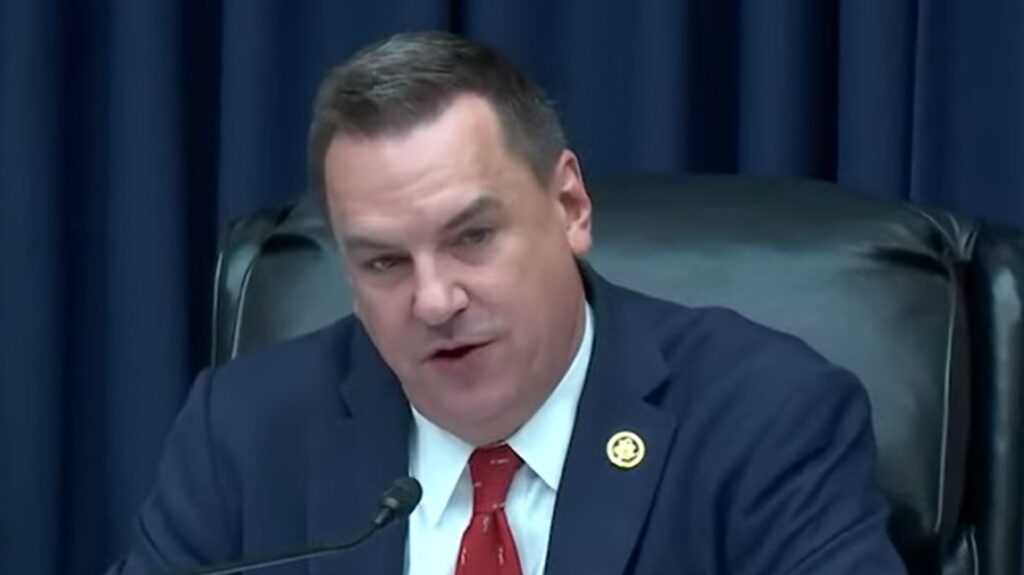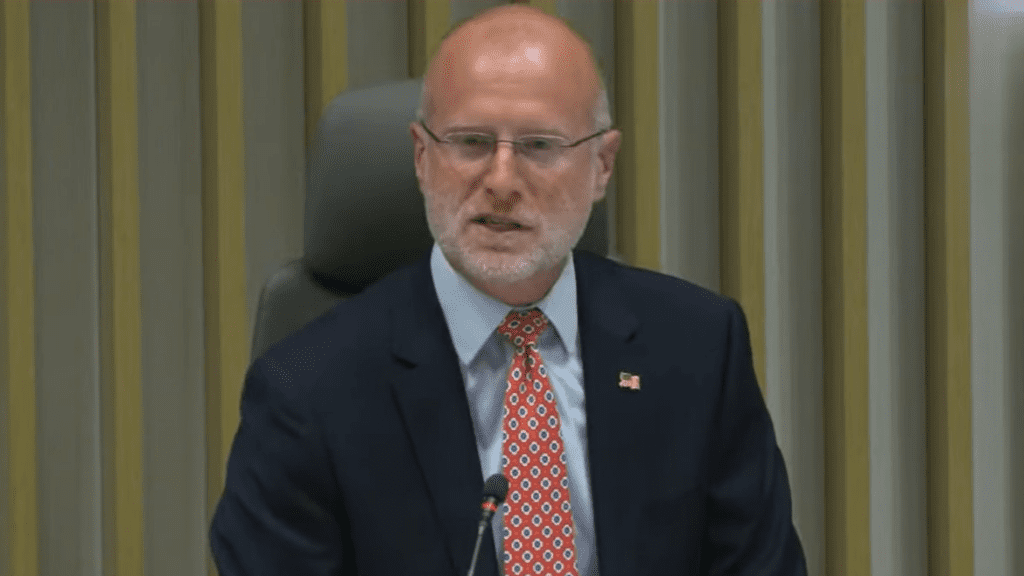Commission Expected to OK E-Rate Funds for School Bus Wi-Fi
Randy Sukow
|

The national media attention later this week at the FCC’s monthly agenda meeting will be on opening a new proceeding to reinstate Title II regulation on Internet traffic. But the Commission has also placed a universal service item on the agenda for the same meeting – funding for internet connections on school buses. It is expected to adopt a ruling that educational institutions may spend Schools & Libraries program (E-Rate) money for Wi-Fi hotspots on buses and library book mobiles.
“Because students can spend hours on school buses traveling to and from school and other school-related activities, particularly in rural parts of the country, we conclude that this clarification is consistent with the public interest and promotes the effective use of E-Rate-supported services,” according to a draft of the Declaratory Ruling.
Rural school buses tend to travel longer distances than urban and suburban buses. Also, remote rural areas sometimes lack internet service, and school bus connections could give many students more online access. Ensuring connectivity in the bus is a way to narrow what some politicians and regulators call “the homework gap.”
The 26-year-old E-Rate program helps schools and public libraries fund wiring and equipment to stay connected to the internet. However, it does not fund connectivity outside school and library buildings. The declaratory ruling will find that Wi-Fi on school buses serves an educational purpose. Funding could begin in the 2024 universal service funding year.
During the COVID-19 pandemic, the FCC distributed support through Emergency Connectivity Fund Program to help low-income families stay online. Part of the ECF program allowed for temporary Wi-Fi access outside of schools and libraries, including on school buses. After the emergency period expired in May 2023, some school districts asked the FCC to allow permanent school bus installations.
The declaratory ruling consideration comes with some controversy. Senator Ted Cruz (R-Texas), ranking member of the Senate Commerce Committee, and Cathy McMorris Rodgers (R-Washington) Chairwoman of the House Energy and Commerce Committee called the school bus plan “wasteful, duplicative spending” in a letter last month to FCC Chairwoman Jessica Rosenworcel. They complained that other programs, including the Affordable Connectivity Program (ACP) and the universal service Lifeline program already support internet connections in the community.
Cruz and Rodgers also pointed to a long history of fraudulent claims on the E-Rate created by the program’s filing complexities. “E-Rate primarily benefits large, wealthy school districts, rather than poor rural schools. It is full of waste, fraud, and abuse,” they said.
It appears that the two Republican members of the FCC could vote against the ruling. However, like the Title II vote, it is likely to pass on partisan 3-2 vote with the recent confirmation of Commissioner Anna Gomez.
Update, Oct. 20: As expected, the FCC approved the declaratory ruling at yesterday’s open meeting by a 3-2 vote. Chairwoman Jessica Rosenworcel said that since Congress created the E-Rate program in the Telecommunications Act of 1996 it “has been a quiet powerhouse.” She said school bus hotspots will especially help students who do not have home internet.
Commissioner Brendan Carr said that the declaratory ruling creates a duplicative service, pointing to other programs that already have provided millions for school bus hotspots. “The FCC has provided over $60 million [through the Emergency Connectivity Fund] to provide Wi-Fi on school busses so far, but we lack an accounting of the number of students that have been connected or the ways in which these connections have been used,” he said. The Department of Education distributed additional hotspot funding through its Elementary and Secondary School Emergency Relief Fund. At the same time, Carr noted that the E-Rate provision in the ’96 Act specifically limits E-Rate facilities to school and library buildings.


